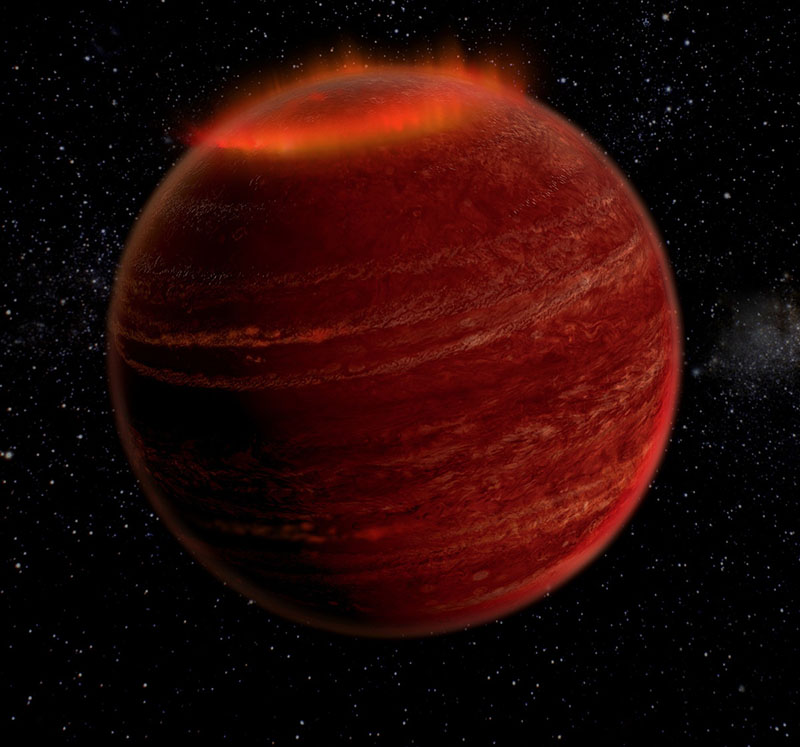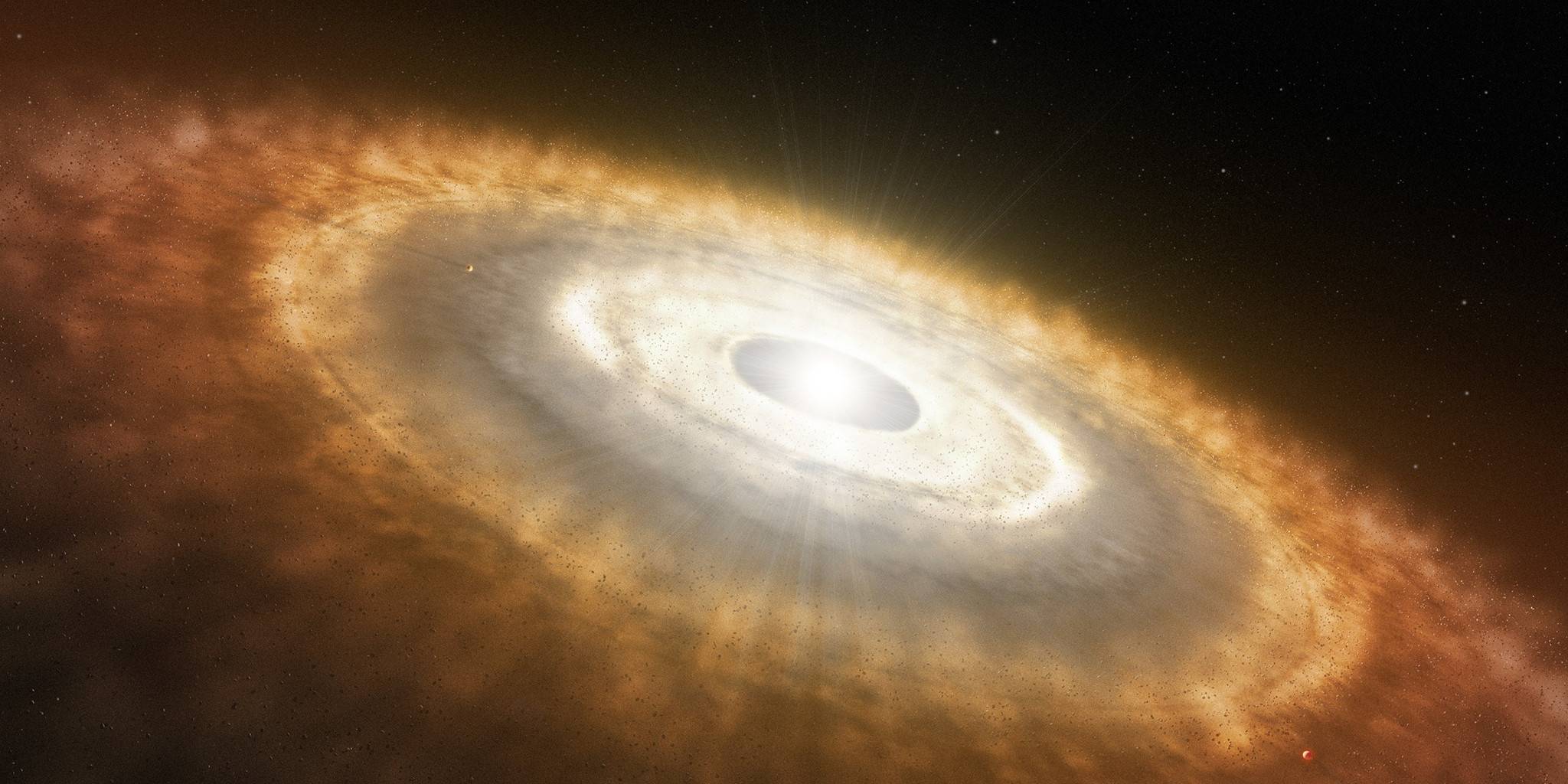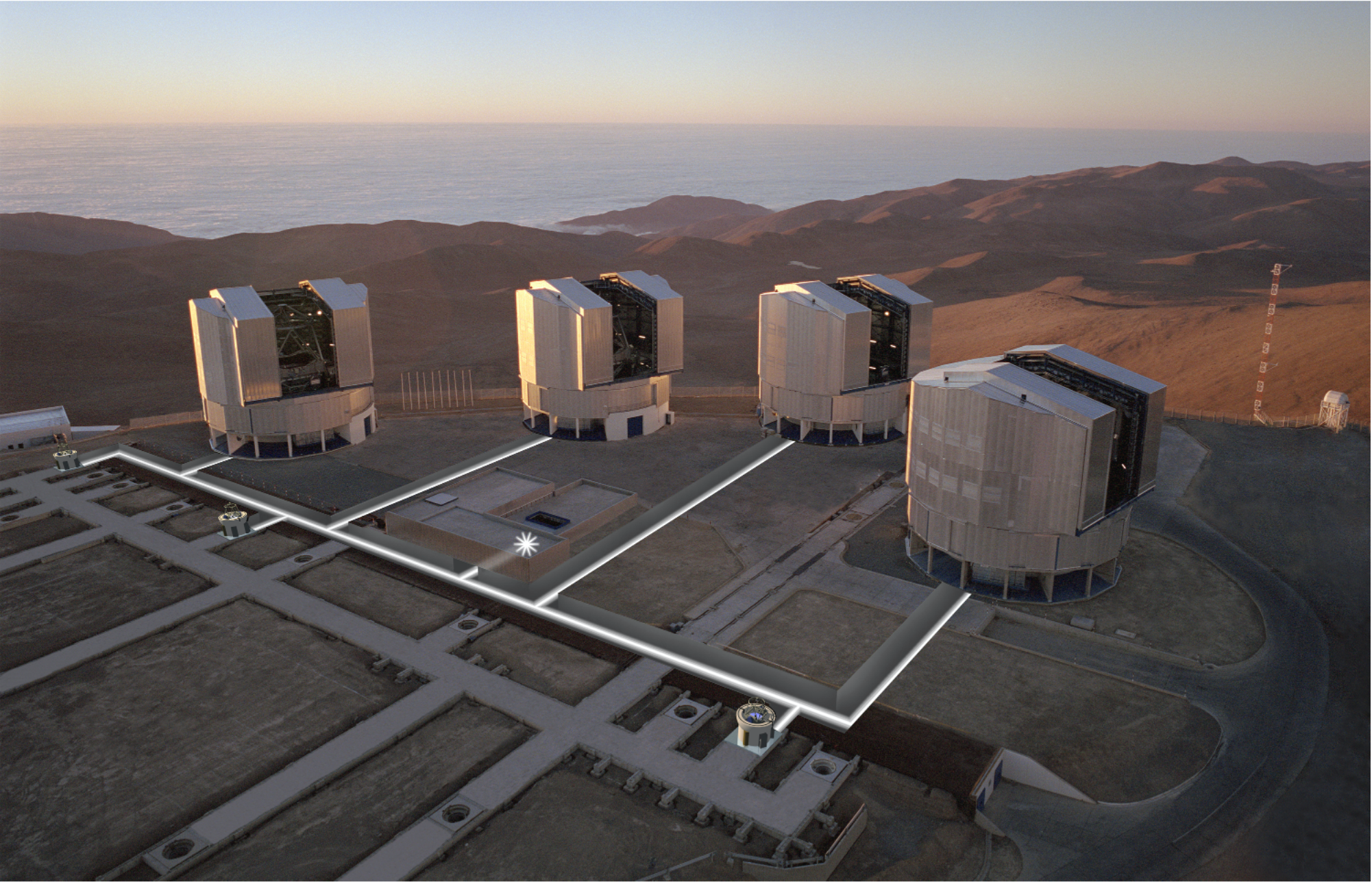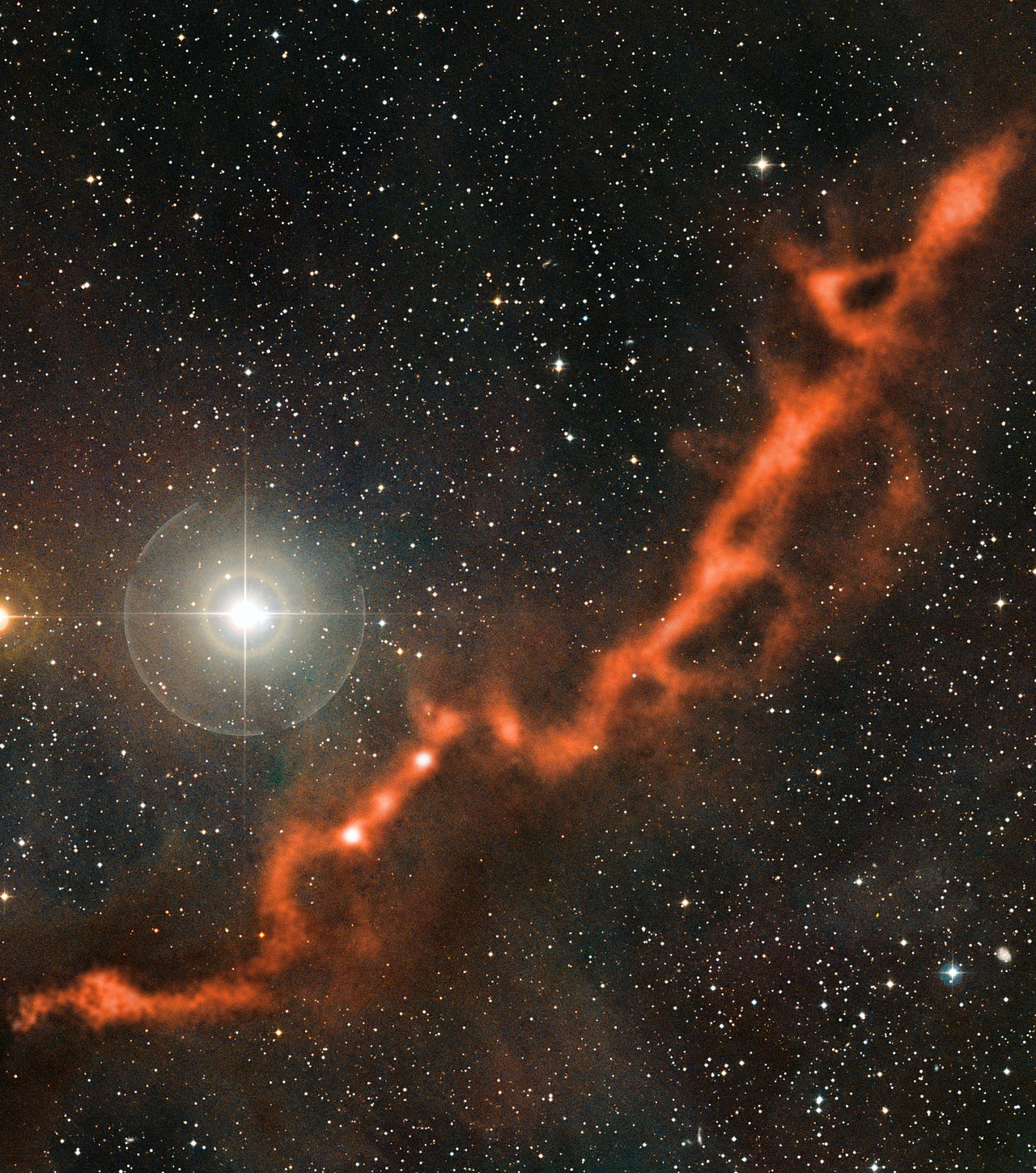About me
Hey there! I am an astrophysicist working on direct observations of exoplanets and brown dwarfs. Using the world's largest ground- and space-based telescopes, I am studying these objects' size, temperature, atmosphere, and orbital motion to learn how they came into existence, how they evolve throughout time, and how common they are. For this purpose, I take direct images of young planetary systems in the infrared, where exoplanets and brown dwarfs still glow bright from their remaining formation heat. However, such direct observations of exoplanets are very challenging because the thermal glow of the planets is more than 10'000 (ten thousand) times fainter than the bright light of their host stars which are located nearby on the sky. By the way, the bright dot on the background image is our own planet Earth imaged by the Voyager 1 spacecraft from a distance of about 6'000'000'000 (six billion) kilometers and is a fairly well representation of how our images of exoplanets look like (the planets only ever appear point-like).
My current research focuses on high-contrast imaging surveys with GRAVITY & SPHERE. GRAVITY combines the light from four 8.2 m telescopes and allows us to see exoplanets and brown dwarfs closer to their host stars than traditional imagers using only a single telescope. This means we are sensitive to companions that also the Gaia space telescope can detect, and data from Gaia helps us to select our targets and determine accurate companion masses once we detect them also directly with GRAVITY. SPHERE is a traditional imager using the light from only a single telescope, but it has an interferometric observing mode called Sparse Aperture Masking (SAM) which greatly improves its spatial resolving power. With SAM, we are searching for close-in brown dwarfs and low-mass stellar companions to targets in the beta Pictoris Young Moving Group (YMG). These same targets are also observed by a JWST coronagraphy survey, and by combining SPHERE/SAM and JWST, we will be sensitive to a broad range of companion masses and orbital separations and obtain the most comprehensive census of exoplanets in the beta Pictoris YMG to date.
Before I moved to ESO in Germany, I worked at the Space Telescope Science Institute in the US on the James Webb Space Telescope (JWST), NASA's new flagship mission. JWST features a 6.5 m large gold-coated primary mirror, the largest mirror ever launched into space, and enables observations of exoplanets at wavelengths that are inaccessible from the ground due to the Earth's atmosphere. Moreover, JWST is capable of directly detecting fainter and therefore less massive planets than ever before. At STScI, I became part of the JWST Telescope Scientist Team where we observed known exoplanetary systems to explore the new parameter space opened up by JWST. For instance, we detected a curious tail of material being lifted off the disk around beta Pictoris, probably as a consequence of colliding asteroids in its circumstellar debris disk (see our press release). Besides, I have also been part of the JWST Commissioning Team and helped to characterize the on-sky performance of its high-contrast imaging modes. Following commissioning, I participated in the JWST Early Release Science program and developed the first version of spaceKLIP, a dedicated and now widely used data reduction pipeline for JWST high-contrast imaging observations, together with my collaborators. I am also the PI of two JWST Cycle 1 programs that exploit the use of SAM and the closely related kernel phase technique on JWST.
Apart from that, I am also involved with future mission studies that could, for the first time, directly detect and characterize the atmospheres of Earth-like exoplanets. To understand the potential capabilities of these missions, and to make choices about their eventual design, it is important to predict how many and what kind of exoplanets they would be able to detect, and how various sources of noise can impact these detections. I am actively involved in the European LIFE Space Mission concept through leading the Instrument Science Team and conducting exoplanet yield estimates, and I also developed a simulator for NASA's Habitable Worlds Observatory concept and used it to characterize the impact of exozodiacal dust on our ability to detect Earth-like exoplanets in reflected light.





